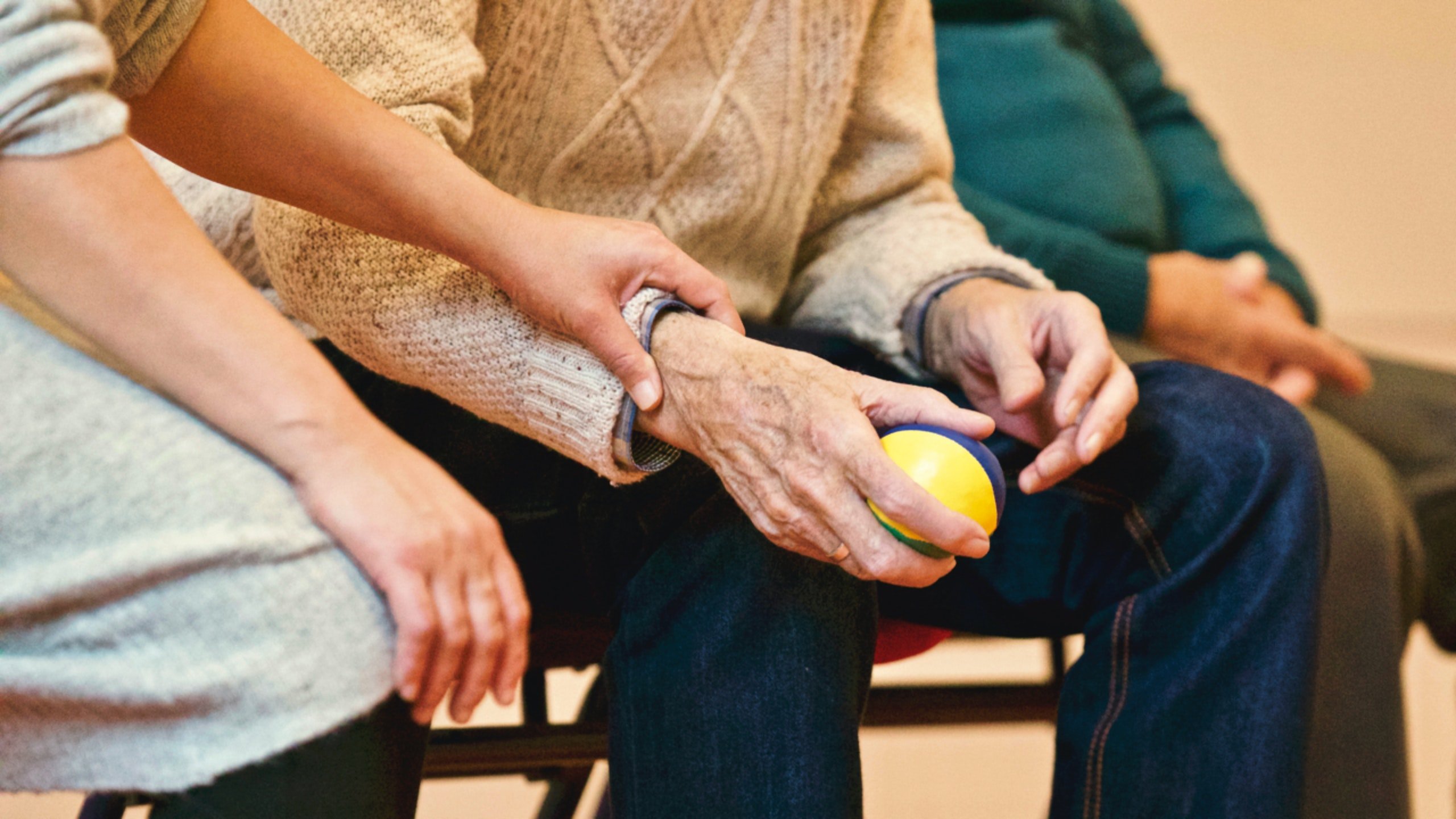To begin with, what is digital self-harm?
Digital self-harm is a recent phenomenon where teenagers and tweens cyber-bully themselves by posting negative content about themselves, anonymously or from ghost accounts. For instance, a child may be targeted with anonymous, threatening messages or abusive comments from a social media account. A concerned individual who finds the hateful content may report it to the school, family, social media platform, or even the police. Upon investigation, it is learned that the online abuser is the same person as the victim. This is digital self-harm.
But, why would anyone do this to themselves?
Adolescence is a defining phase of life, where a child experiences insecurity, vulnerability and a yearning to fit in. Children are increasingly using smartphones and spending more time on social media today. As a result, they develop their sense of identity from the number of likes and comments they receive on their social media posts. This distortion of reality negatively affects their self-esteem and makes them easily susceptible to feelings of depression and anxiety.
The Covid-19 pandemic situation didn't make it any easier for kids. After a year of social isolation, children are feeling lonely and depressed. In a research conducted by Florida International University, it was found that about 10 percent of the 10,000 children surveyed in Florida had bullied themselves over the past year. About 6 percent indulged in digital self-harm in the past month.
Digital self-harm is more than a means of seeking attention, it can be emotionally damaging and could be an indicator of poor mental health. It could also be a coping mechanism for children who are going through loss, grief or other forms of psychological distress. Children who have been bullied earlier, are particularly more likely to cyberbully themselves. Also, kids with strong parental relationships are less likely to engage in digital self-harm.
Since digital self-harm is a relatively new trend, many therapists who are experts in treating physical self-harm are still unaware of it. Most therapists are not trained in teletherapy and special techniques for Self-harm Patients
So, how can you, as a therapist, help clients deal with digital self-harm in teletherapy?
Here are 4 tips for therapists using teletherapy for Self-harm Patients:
- Focus on parents
As mentioned earlier, children who have strong bonds with their parents are less likely to develop self-harming behavioral patterns, according to research. When using teletherapy, therapists can discuss with to their client's parents and help them understand the importance of maintaining open conversation lines with the child and spending quality time with him.
- Help create awareness
In order to address digital self-harm, parents must first be able to identify it as it happens. From loss of interest in favorite activities, declining performance at school, to increased anxiety or tension, break down the classic symptoms of an unhealthy addiction to smartphones, for parents to understand. Ask parents to stay in touch with teachers at school regularly to have a better idea of the child's behavior at places outside of home.
- Recommend checking online activities
Children will always be more updated on the latest technologies than their parents. Let parents know that they need to keep an eye on their child's online activity constantly. If they are having trouble keeping up with technology, recommend involving the child's peers or siblings. They could help them understand using the technology and might be able to tell a case of cyberbullying from an actual one, based on their experience and relationship with the child.
- Help establish a support network
Social media creates an artificial social environment that cannot always be monitored by family. Work with the child and his parents to identify and build an external support network with best friends, teachers and coaches.
Using a multipronged approach, in addition to identifying underlying problems, regulating emotions, managing stress and building relationship skills, in your therapy could prove to be more effective in helping kids.
For the latest updates on teletherapy, hit the subscribe button or signup here.
To receive Teletherapy job alerts from DirectShifts, click here
Reference:
June 16, 2021




Comments